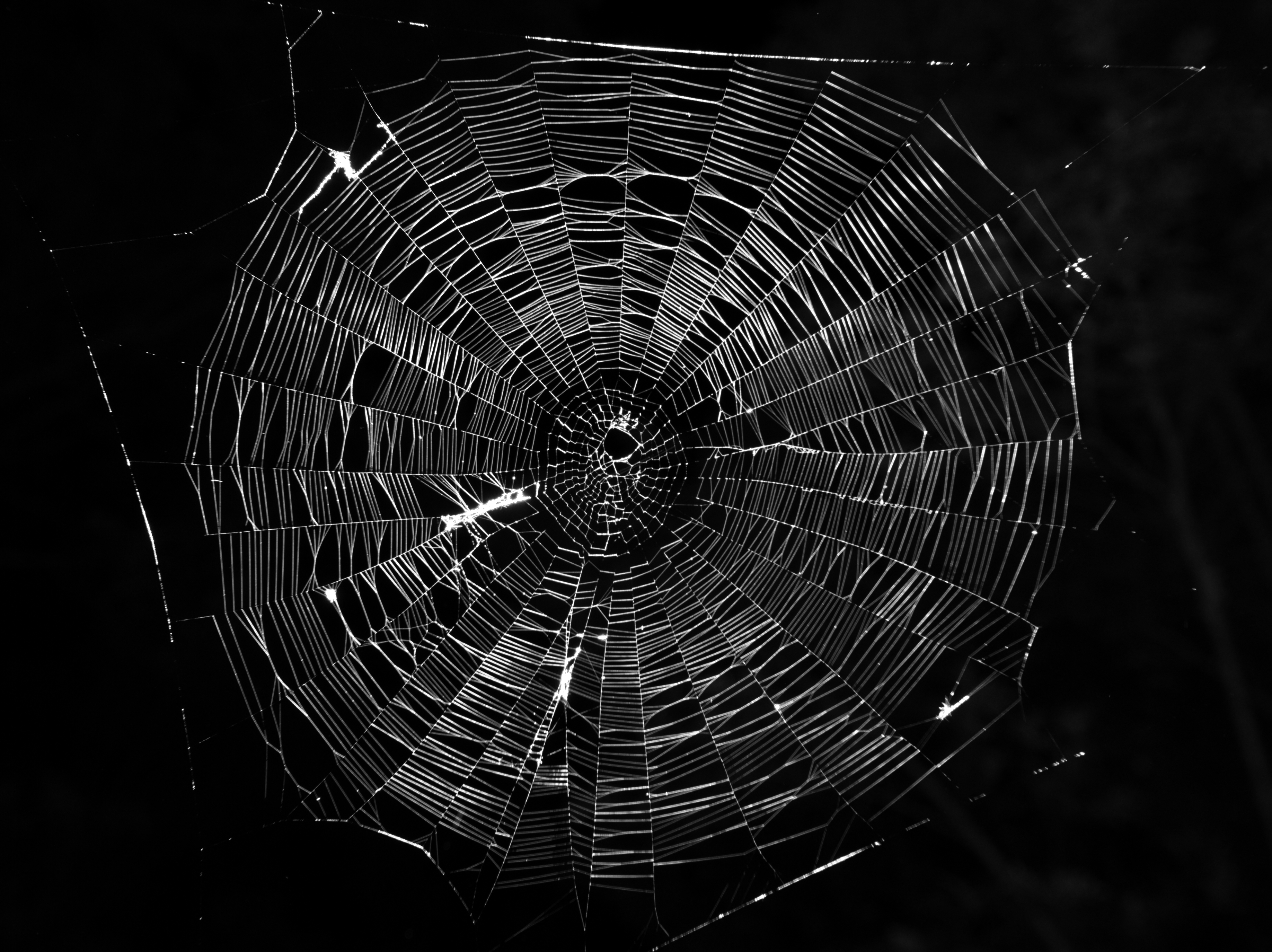MI weekly selection #128

Graphene, carbon nanotubes help spiders spin stronger webs
Several spiders sprayed with mixtures of water and either graphene particles or carbon nanotubes went on to weave markedly stronger webs, according to researchers at the University of Trento in Italy. The scientists found that webs made by spiders sprayed with the nanotubes produced the strongest silk, but they aren’t sure how the graphene or carbon nanotubes got into the material making the silk. They suspect that the spiders use materials from their environment as they spin their silk.
Ocean-dwelling microbes may hold clues to evolution of complex cells
Single-celled microbes dwelling in sediment close to a ridge of hydrothermal vents in the Arctic Ocean have a large number of genes capable of coding advanced cellular operations, much like eukaryotes, which make up plant, animal and fungi life. Lokiarchaea don’t have a nucleus or other complex mechanisms, but scientists say they are the closest simple-celled relatives to our own intricate cells.
Pollen may contribute to formation of rain clouds
Tree pollen may seed clouds to create rain. Scientists soaked pollen from known allergy-causing plants in water and sprayed it into a cloud-making chamber, where they formed clouds. Researchers were inspired to look into the process because of an influx of allergy patients to emergency rooms after heavy rainstorms.
System harnesses sun’s power to remove salt from water
A system developed by MIT brings water desalination to a new level. The system is completely solar-powered and small-scale, making it appropriate for use in the developing world.
Rapid telomere changes might signal risk of cancer
Telomeres, protective sequences on the ends of chromosomes, naturally shorten with age, but researchers recently found people who experienced a rapid shortening of telomeres that suddenly stopped and were likely to be diagnosed with cancer three to four years later. The findings suggest a possible biomarker for early, subclinical cancer, and they also might lead to future treatments that do not harm healthy cells.